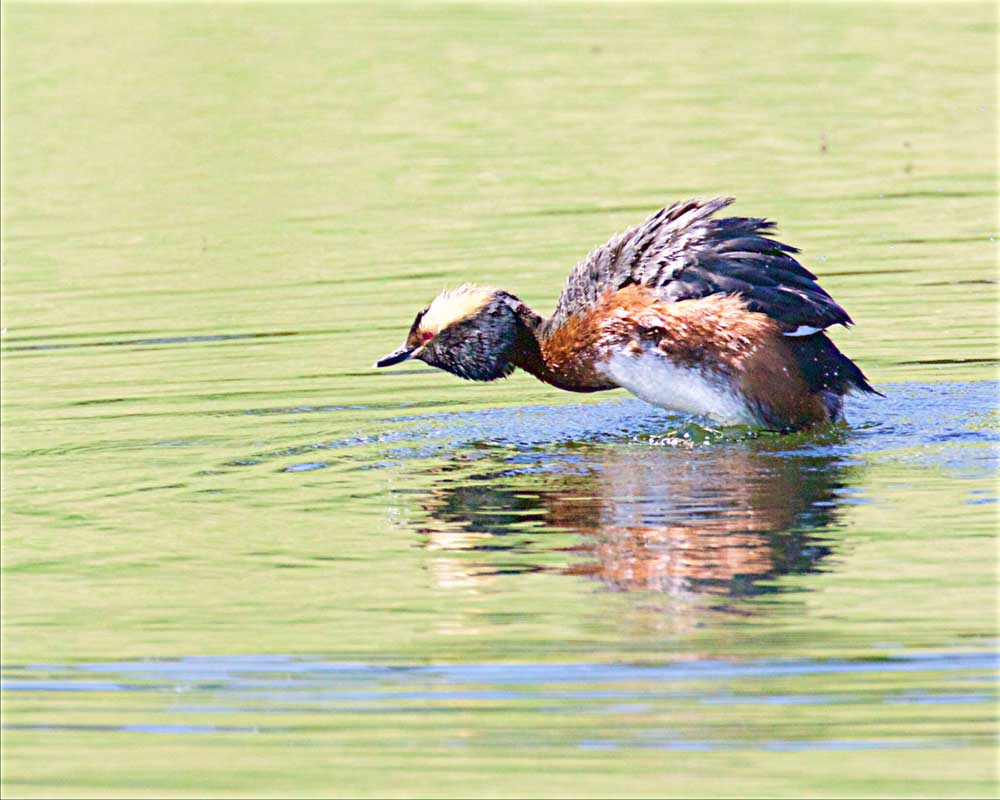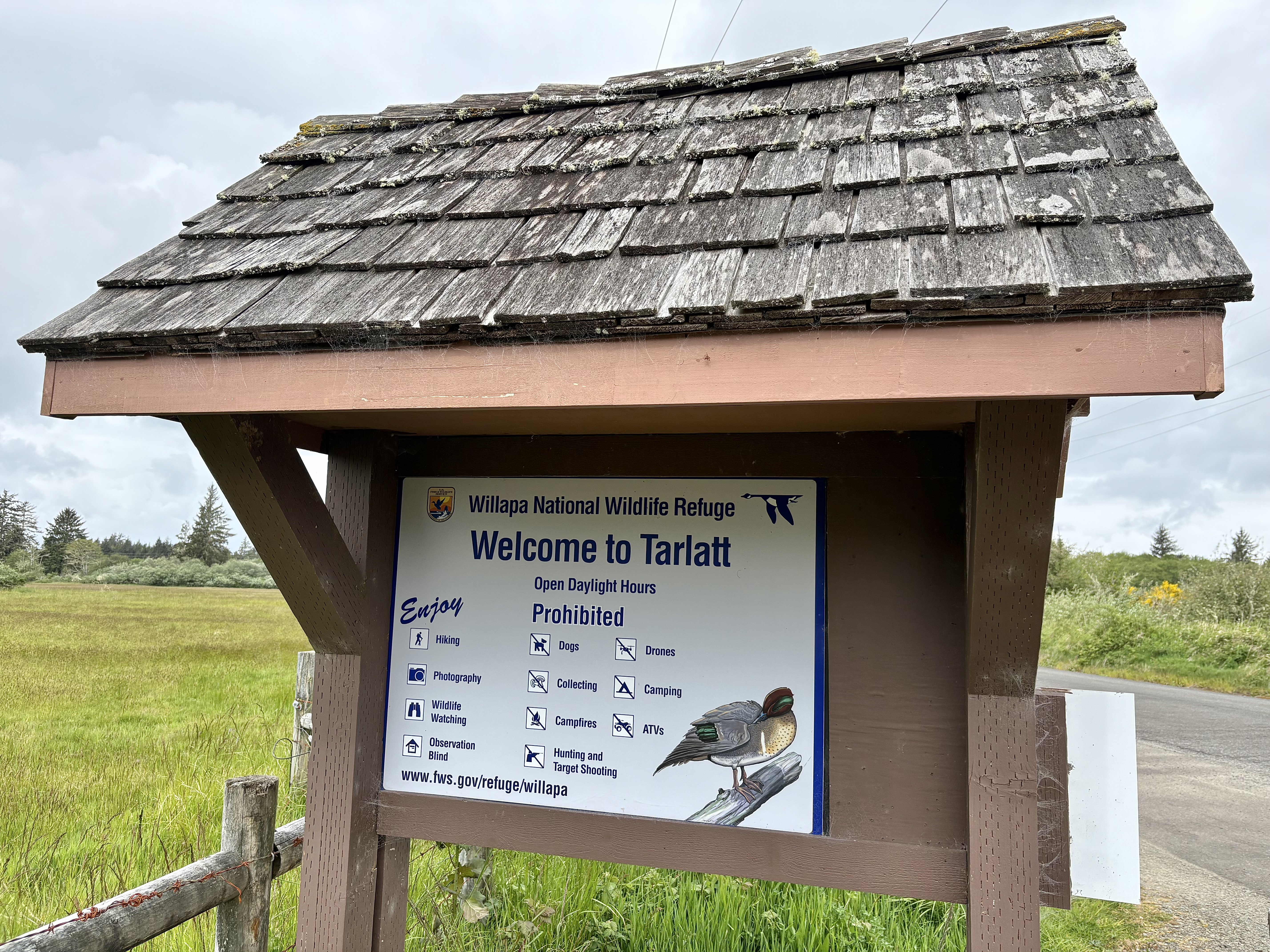Horned grebes: These ‘water Dancers’ have witchy ways
Published 8:49 am Tuesday, February 9, 2016

- A horned grebe gets all ruffled-up while trying to impress members of the opposite sex.
“If you think dating is hard, be glad you’re not a grebe. These North American waterbirds have high standards when it comes to attracting and keeping a mate: If either a male or female grebe can’t “‘walk’ on water, they’re out of luck,” according to National Geographic. It is amazing to watch a pair of horned grebes dance across the water together during their courtship ritual. This dancing is often referred to as rushing.
Trending
Unfortunately, we are not likely to witness this awesome display here on the Willapa National Wildlife Refuge or the Peninsula because we generally only see this species in winter. It doesn’t nest on the Refuge or on the Peninsula, as far as I know. It is a common migrant in the spring and fall. It is also a common winter resident on the refuge. It winters on our coast or on other large bodies of water such as Willapa Bay and Cape Disappointment State Park’s Lake O’Neil.
The horned grebe is elegant when wearing its rufous and black breeding feathers. Its horns are yellow patches of feathers located behind its eyes. The horns are raised and lowered at will during the courtship ritual. However, it is most familiar to us when it is wearing its black-and-white winter duds! Note the all white cheek, dark bill with whitish tip, and a pale, white patch between the eye and the bill. From behind, this grebe tends to show more white on the back of the head than other grebes. It is about the size of a foot-long sub!
The horned grebe is an excellent swimmer and diver. It pursues its prey under water, but will also pick insects off the surface of the water. Among its favorite dishes are small fish, crustaceans and other small aquatic animals. In addition, the horned grebe regularly eats its own feathers. They form a matted plug in the bird’s stomach, which scientists think acts as a filter or as a holder for fish bones until they can be digested. Interestingly, the parent birds feed feathers to their young. It is thought that this is done to get the plug started early.
Trending
Nesting takes place on the water’s edge or on emergent vegetation. Having legs placed quite far back on their body makes this the best choice for nest placement. The Horned grebe finds it difficult to walk, so it is more comfortable on the water.
Being such a good diver and swimmer and being generally very comfortable on water has resulted in other folk names for the horned grebe. It has been called the hell-diver, the devil-diver and the water witch.
Here on the refuge and its environs the bird is commonly seen at the Ilwaco harbor, in the waters off the Cape D boat launch and fish table area, Willapa Bay and Lake O’Neil. Look for a black and white diving bird with a bright red eye. If you see it, you are likely seeing the “water witch” in action!









